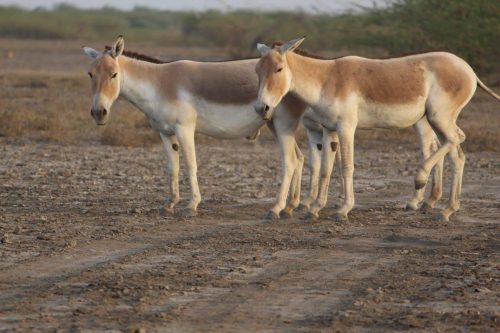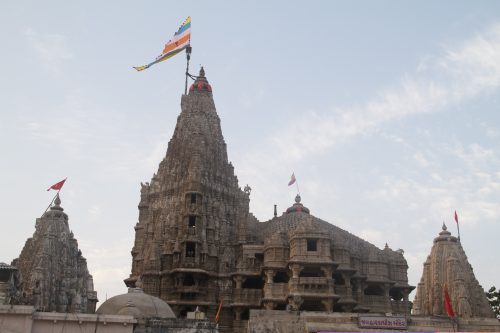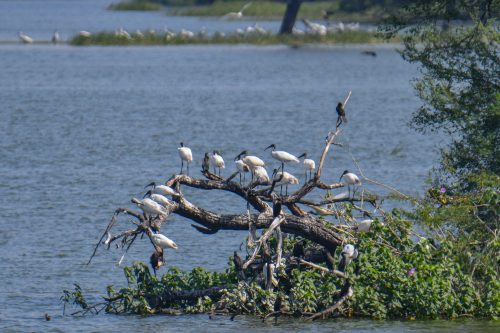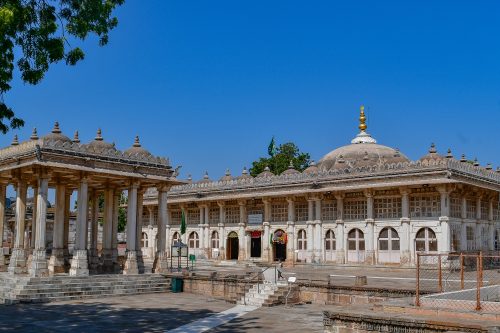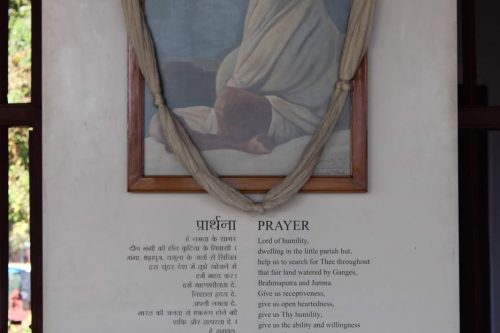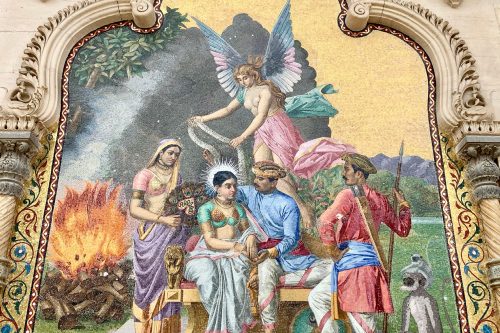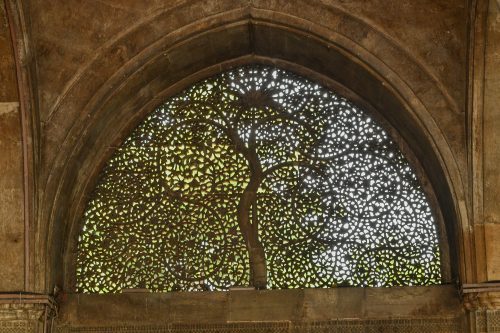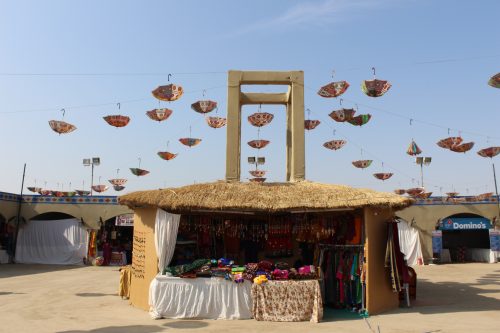Gujarat, the land of many features, never seizes to surprise. There is so much that a discerning traveller can explore here; it is a land of plenty and abundance. The land where dinosaurs walked and raised their young ones, where earliest civilisation left its traces, where the migratory birds build their winter homes, where the men and women are deft in needlework and forensics alike, where camels roam, where Asiatic lions roar, and wild asses run wild, where the earth plays with the crust of salt, where rivers flow, desert winds blow and oceans touch the shores, where we have some unexplained architectural wonders- that is Gujarat, the land of many, confluence in one. Among the many wonders that still intrigue modern minds is a very unique temple, the Nishkalank Mahadev temple. What’s unique about this temple? Let’s explore.
Location
The beach in Koliyak in Koliyak village in the Bhavnagar district.
The History and the Mahabharata Connection
All the great wars have resulted in catastrophe and repentance in the winners’ hearts, be it the Kalinga War or the Mahabharata. Talking of the Mahabharata, once the Pandavas won the battle and there was nothing more to be claimed and re-claimed, the realisation of the magnitude of the disaster hit home. The war was won, but to protect, there were none. They blamed themselves for the disaster and sought Krishna’s guidance to help cleanse their sins and remove the stigma of being the reason for so many deaths. They were then handed a black cow and a black flag and were told that they were to follow the cow wherever it went. Once the cow and the flag turned white, they would be absolved of all their sins, and as a tapah they must worship lord Shiva. Pandavas very sincerely started following the cow around and took the flag with them everywhere they went following the cow. It was here at Koliyak that the cow turned white, and as was told to them, they sat down to meditate over Shankar Bhagwan. Pleased by their focused devotion, lord Shiva blessed them with his Darshana in the form of five separate Shiva Lingams, one for each one of the five Pandavas.

The Temple
On a square platform are five distinct “Swayambhu” Shiva Lingams, one kilometre into the sea. Each Shiva Lingam also is faced by a statue of Nandi. There is a pillar and a flag to mark the temple. The temple was built with utmost care and knowledge to keep it safe during the high tides when the temple gets submerged under the sea to later unveil itself during low tides. The construction technology of this temple remains an unsolved mystery to modern engineers and experts.
What’s Unique about this temple?
The five Shiva Lingams get wholly submerged during the high tide in the sea and emerge only when the water recedes. During the high tides, only the pillar and the flag can be seen, but as the water recedes, it majestically reveals the five Shiva Lingams and the five Nandis.
Getting to the temple
One needs to check the tide timings before visiting Nishkalank Mahadev. The temple can be visited only during the low tide and is a kilometre away from the shore. The devotees need to walk barefoot on a path to reach the temple.
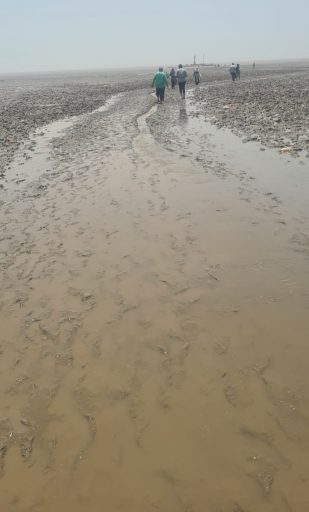
Nishkalank – Why the name?
The story shared above, of guilt and repentance, is the explanation for the name. Since the Pandavas felt remorse and repented their actions in the form of meditation and tapah, Bhagwan Shankar (Lord Shiva) blessed them with separate darshan for each of the five Pandavas and absolved them of their sins. Hence, the name came into being as Nishkalank, i.e., spotless or clean.
The annual Fair
An annual fair is held at this temple in the Hindu calendar month of Shravan. Known as the Bhadarvi Mela or Bhadarvi Fair, the event is a celebration of the life of the nearby people. Visitors from far and wide come here to attend the annual Fair.
Getting to Koliyak
A pleasant drive of 4-6 hours from Ahmedabad, Vadodara or Rajkot.
Or simply fly into Bhavnagar airport.
The stories behind so many religious places in India are intriguing, interesting and somewhere similar too. We have Nishkalank Mahadev as a sacred temple where, of course, after penance, one gets rid of one’s sins. There are other temples across the country where one can get absolved of one’s sins. We have a Papmochini Mandir in Ajmer in Rajasthan and Papanasham beach in Varkala in Kerala, just to name a few other examples. I am sure there are other such temples, shrines, and places too. Another similarity can be seen in the submerging of the temple during high tide, as is seen in Stambheshwar Mahadev temple, which is also located in Gujarat in Kamboi. Similarly, the Gangeshwar Mahadev Temple near Diu in the Union Territory of Daman and Diu has a Mahabharata connection while also being a sea temple where, again, the Shiva Lingams (five, as Pandavas worshipped here during their exile) get submerged during high tides. In Somnath, too, there are two Shiva Lingams, 1 km into the sea, and they too get submerged during high tides and reveal themselves during low tides. One can perform Abhishek at these Shiva Lingams and can also see them through a telescope placed in the compound surrounding the Somnath Temple. If you also know of any more such temples, please share the details with us.



